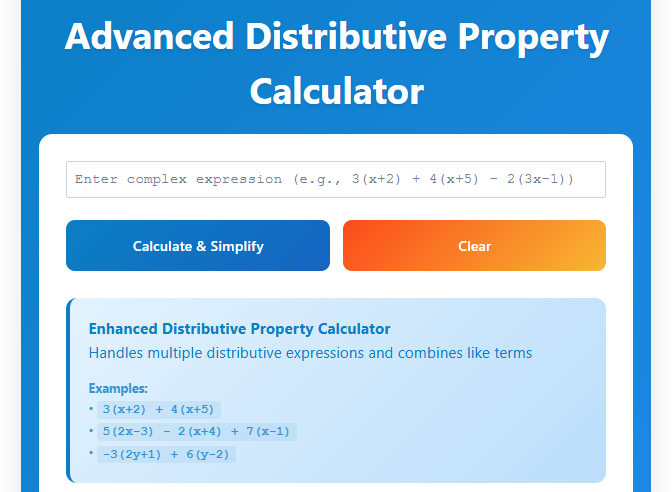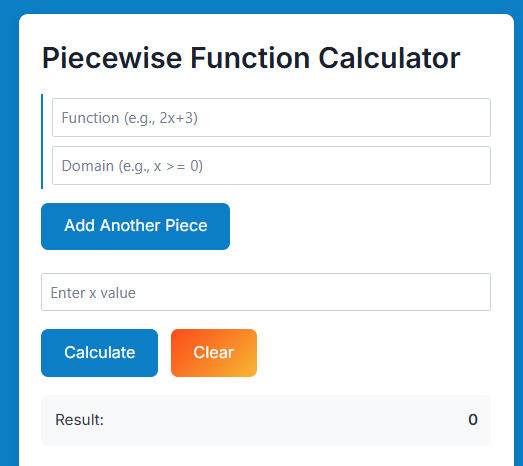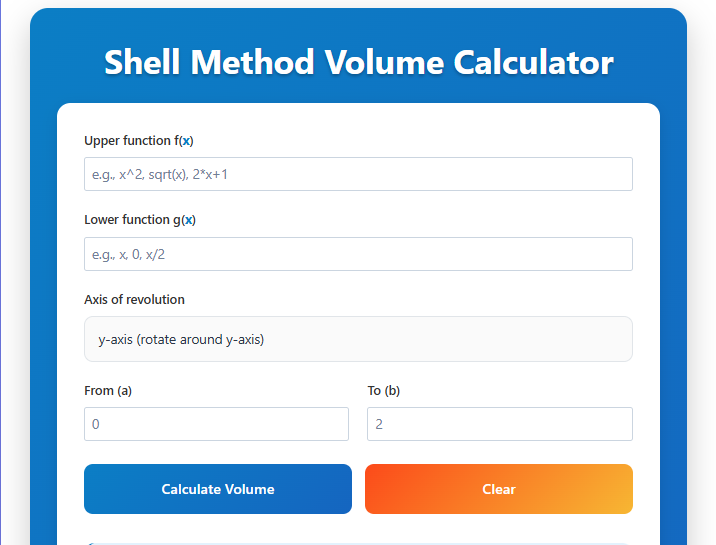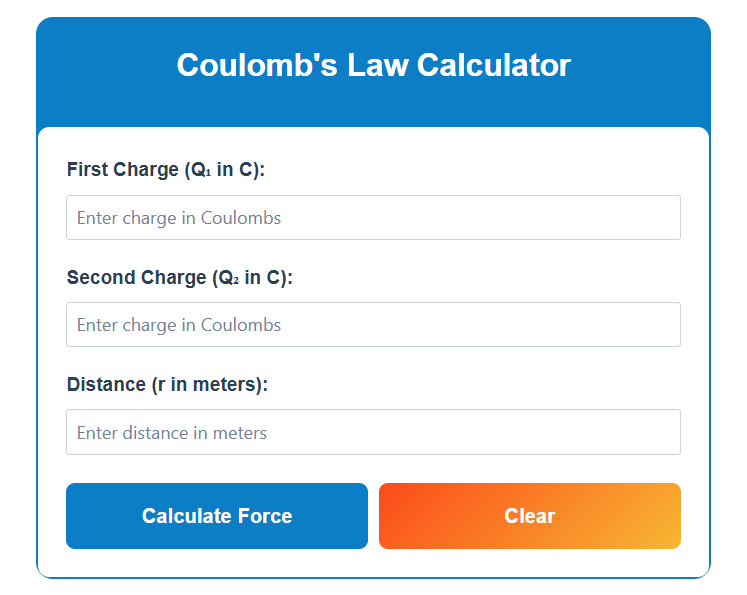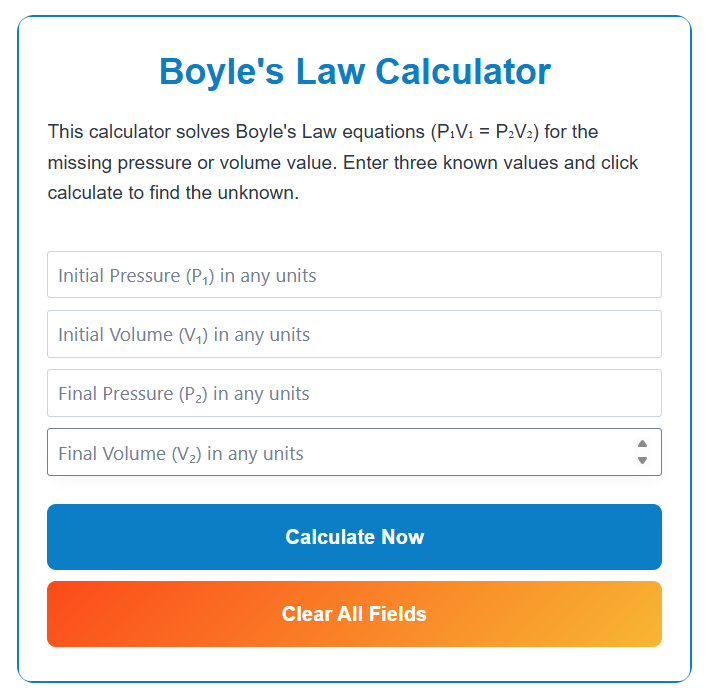Your New Secret Weapon for Algebra: The Distributive Property Calculator
Let’s be honest—distributing terms in algebra can feel like trying to juggle water balloons. One wrong move, and everything bursts into a mess of sign errors and lost coefficients. I’ve taught enough middle school math classes to see that glassy-eyed look students get when facing expressions like 4(x + 3) – 2(5x – 1). But here’s the thing: understanding the distributive property isn’t just about passing a test. It’s the gateway to factoring, simplifying equations, and even real-world budgeting. That’s why I’ve become a huge advocate for using a distributive-property-calculator—not as a cheat, but as a personal algebra coach.
Advanced Distributive Property Calculator
Handles multiple distributive expressions and combines like terms
• 3(x+2) + 4(x+5)
• 5(2x-3) - 2(x+4) + 7(x-1)
• -3(2y+1) + 6(y-2)
How This Tool Takes the Guesswork Out of Expansion
I’ll never forget the student who insisted that 3(2y + 5) somehow magically became 6y + 3. When I showed them a distributive-property calculator breaking it down step-by-step? Lightbulb moment. Here’s how you can replicate that:
- Start simple: Input basic expressions (like 2(a + b)) to build confidence
- Graduate to negatives: Try –4(3x – 1) to test sign-handling skills
- Layer complexity: Combine distribution with like terms (7k – 3(2k + 9))
Pro tip: Most calculators let you toggle between vertical and horizontal layouts. I’ve found vertical setups mirror how we solve problems on paper, making comparisons easier—especially for visual learners.
Beyond Textbook Examples: Real Benefits You Can’t Ignore
Now, some purists argue tools like these make students lazy. In my experience? The opposite happens. Consider Sarah, a high school junior who kept confusing the distributive property with exponent rules. Once she started using the calculator’s step feature to check each multiplication separately, her quiz scores jumped 30%. Here’s why it works:
- Immediate feedback catches minor mistakes before they become bad habits
- Colored highlighting shows exactly where terms multiply (no more “ghost coefficients”)
- Pattern recognition helps users anticipate steps in multi-part equations
By the way—teachers, this isn’t just for homework help. I’ve used screenshots from these calculators to create error-analysis exercises during review sessions.
When Would You Actually Use This? (Spoiler: More Than You Think)
“When am I ever gonna need this?”*—Every student ever
Let’s get practical. Last month, my neighbor used distribution to calculate paint quantities for his fence project: 7 boards needing (3 liters + 1 primer coat). The calculator helped avoid a $80 overspend. Other real-world scenarios:
- Budgeting: Calculating tiered discounts during sales
- Cooking: Adjusting recipe measurements for different group sizes
- DIY Projects: Scaling up material estimates accurately
And for advanced students? These calculators double-check work when expanding complex polynomials—a lifesaver before [AP exams] or [SAT prep].
“But My Answer Doesn’t Match!” – Troubleshooting 101
Last Tuesday, a user emailed me frustrated that 5(2x – 3) kept showing as 10x – 15 instead of 10x – 3. Classic mistake. If your calculator results seem off, check these first:
- The Sneaky Negative: Did you distribute signs correctly? (–) before parentheses changes all interior terms
- Operator Amnesia: Expressions like a(b ÷ c) ≠ ab ÷ c—distribution applies to multiplication only
- The Missing Exponent: 3(x + y)² isn’t 3x² + 3y² (PEMDAS rules still apply!)
When in doubt, manually solve a step the “old school” way and compare. Most calculators have a “show more steps” option for deep dives.
Your Burning Questions—Answered
Q: Does It Handle Variables Beyond x and y?
A: Absolutely! I’ve tested expressions with Greek letters (λ, β) and multi-character variables like “temp”—works like a charm. Bonus: Some tools even accept LaTeX input.
Q: Can It Solve Backwards (From Expanded to Factored Form)?
A: That’s factoring, which requires different tools. Though I’m beta-testing a [reverse-distribution-calculator] that does this—stay tuned!
Q: Mobile-Friendly or Desktop Only?
A: Most modern versions work seamlessly on phones. Pro tip: Rotate to landscape mode for better view of longer equations.
Why I Keep This Bookmarked (And You Should Too)
There’s a reason this tool stays pinned in my browser beside [fraction-calculator] and [equation-solver]. It turns the distributive property from a mechanical process into a visible pattern—one that builds Algebraic intuition. Sure, you could expand 12(a + b – c) manually, but watching the calculator unravel it as 12a + 12b – 12c? That’s when the distributive “aha!” truly clicks.
Final thought: Use it to verify your work, not replace the learning. Because nothing beats that moment when a student grins and says, “Wait—I don’t need the calculator anymore.”
